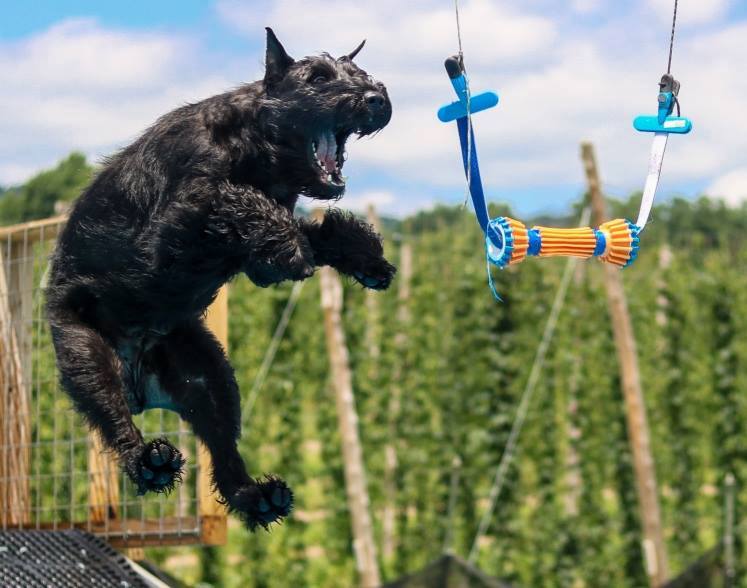
New Breed! And breeds to come.
UC Davis released the report on Giant Schnauzers on Tuesday 5/8/18. You can read the full report here. But below we will discuss some highlights!
Inbreeding:
As many of you know, UC Davis analyzes both individuals and the breed as a whole. The measurement they use is called internal relatedness or IR. The more inbred the dog, the higher (more positive +) the IR. The more negative (-) the more outbred a dog. How inbred is the typical Giant Schnauzer?
“IR scores ranged from a low of -0.181 (parents least related) to a high of 0.486 (parents most related), with a mean (average) value of 0.047. Therefore, one fourth of the population had IR scores from -0.041 to -0.181, and one fourth +0.139 to 0.486. …… IR values show that there are three populations among the 133 Giant Schnauzers, one quarter containing individuals from very unrelated parents, one half with parents of average relatedness, and one fourth with parents that are quite related.”
What does that mean? Well, it shows that a portion of the population has high inbreeding values, while others have been successfully outbred. This indicates value for breeders to use our software suite to reassure them that their “outcross is really an outcross” or if their linebreeding is too close.
Biodiversity in the breed
Biodiversity?! What?
Biodiversity basically means that a population has lots of different types of genes at each tested locus. Diverse populations tend to be healthier overall, with lower inbreeding, so we want to establish how much each breed has, and whether it is well dispersed. The Giant Schnauzer breed as a whole has a lot of maintained diversity!
From the report “Giant Schnauzers possess 43% of the genetic diversity still present among indigenous dogs. This value is like many other pure breeds of dogs.“
So while Giant Schnauzers have lost some diversity, they overall compare well with many breeds and should strive to maintain the existing diversity they have.
However, it has also been found that certain alleles are carried by the majority, like many other breeds. This indicates that the breed may have a bottleneck, so breeders should strive to maintain and redistribute those alleles. We will know more once more dogs are tested.
“A single allele is found to be shared by one-third to one-half or more of the dogs. A single allele at locus LEI004 and REN105L03 occured at a frequency of 82 and 91%, respectively, indicating a region of the genome that has been under strong positive selection since founding of the breed“.
Pepper Salt and Black Giants have been maintained like separate breeds!
We knew going in to the analysis that most Pepper Salts and Black Giant Schnauzers were not bred together. For the first time ever, though, UC Davis found significant genetic differences due to color. The breed has a split between Pepper Salt and Black Giant Schnauzers.
DLA – Dog Leukocyte Antigen: a look at the dog’s immune system!
Giant Schnauzers have been found to have a lot of different DLA types among them! 14 Class 1 types and 15 Class 2 types.
“The three most common DLA class I haplotypes are 1014 (0.252), 1092 (0.233) and 1159 (0.173) and are collectively found in 66% of the dogs. The three most common DLA class II haplotypes are 2006 (0.162), 2037 (0.320), 2050 (0.165) and occur collectively in 65% of dogs.”
Dr. Pedersen made some very interesting observations of the different types:
“Many of the DLA class I and II haplotypes found in Giant Schnauzers are also found in several other breeds at low frequency (Table 6). However, the major 1014 DLA class I haplotype (0.252) is also very common in the Alaskan Klee Kai (0.366), which was unexpected. The common 1092 DLA class I haplotype is very common in the Black Russian Terrier and Japanese Akita, which might be expected. The DLA class II 2006 haplotype is common in both Giant Schnauzer (0.162) and the Magyar Agar (0.240), while the 2037 (0.320) haplotype is common in Alaskan Klee Kai (0.377), Black Russian Terrier (0.289), American (0.165) and Japanese Akita (0.261). The dominant 2050 haplotype (0.320) is found in many breeds at low frequency.”
We are excited to work with the Giant Schnauzer community we’ve grown to know over the last several months in the research phase!
What other new breeds just finished their research phase and will receive results soon?
Toy Poodles and Swedish Vallhunds have both finished their research phases and will be joining the team soon!
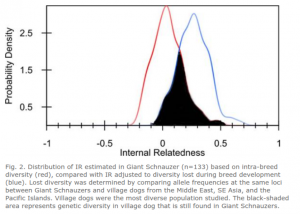
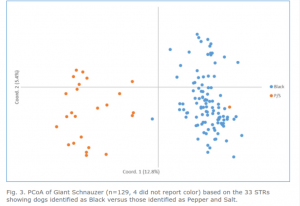
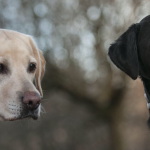 Previous Post
Previous Post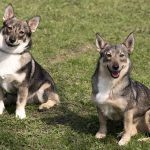 Next Post
Next Post


